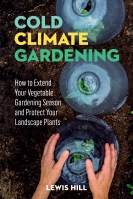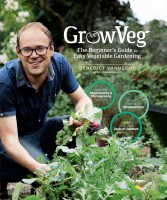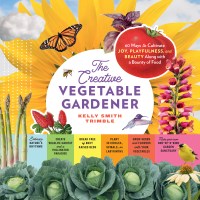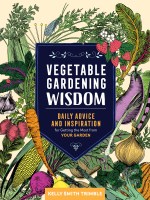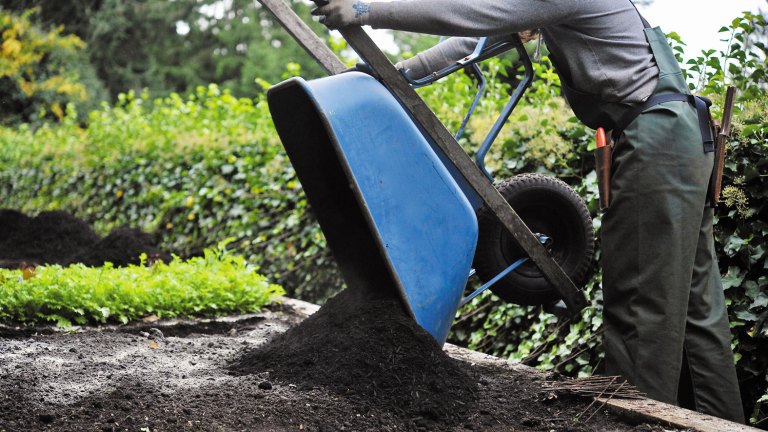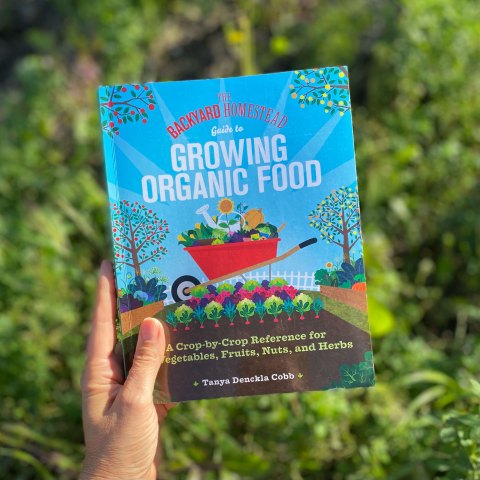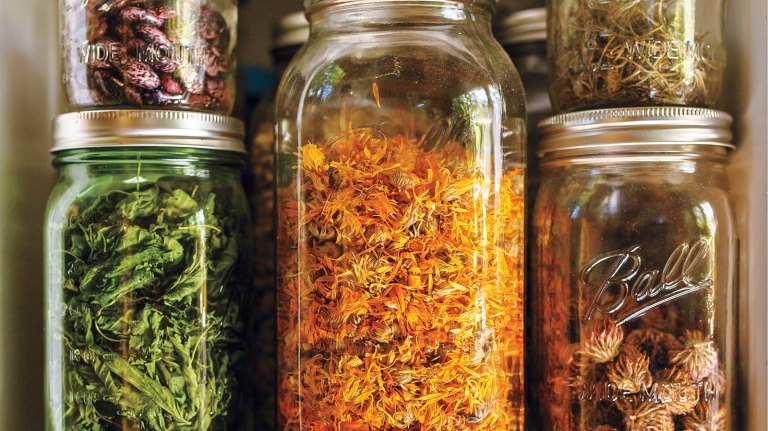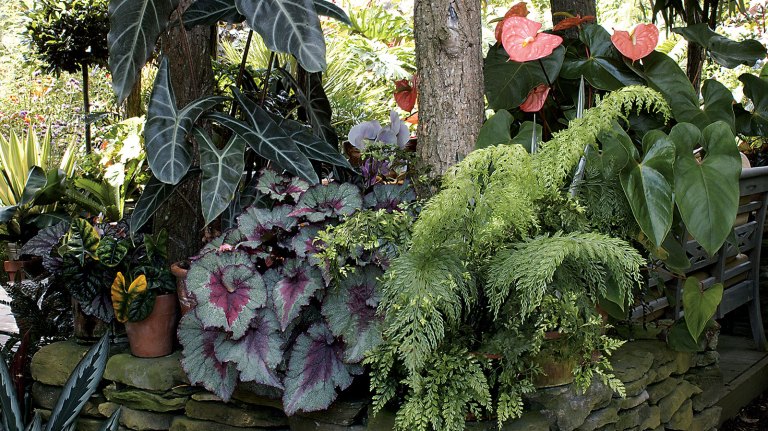Plant Partners: Seven Benefits of Companion Planting
Discover the power of companion planting with Plant Partners—Science-Based Companion Planting Strategies for the Vegetable Garden.
As you develop your garden planting plans, take time to consider the benefits of companion planting and how these mixed-planting strategies can help your vegetable garden flourish. Most of the benefits that companion planting strategies provide fall into one of the following seven categories outlined below and explored in-depth in Plant Partners.
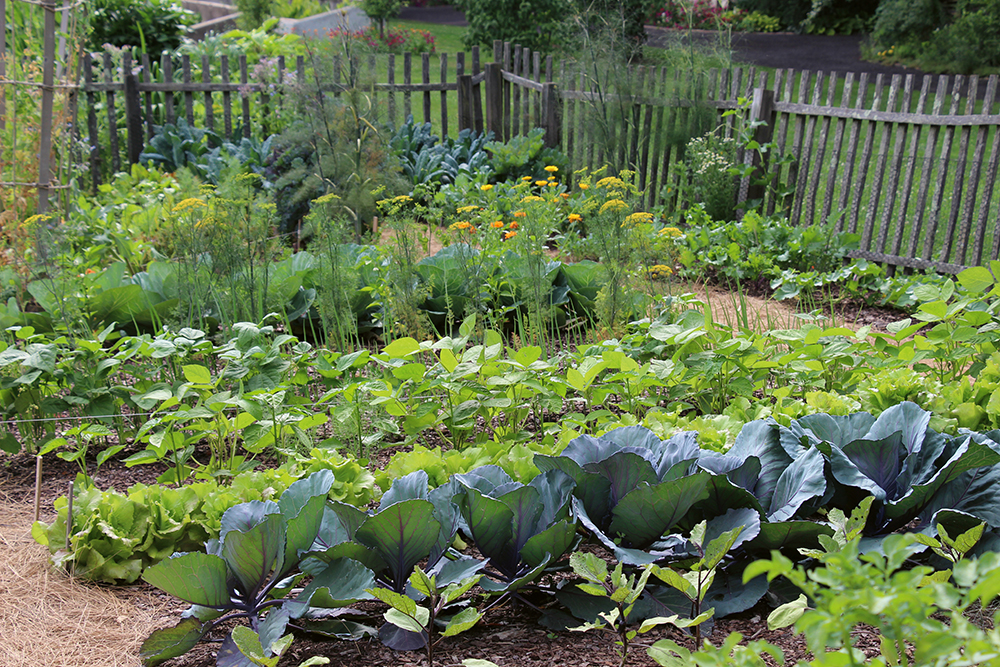
1. Reduced pest pressure
Minimizing pest damage tends to be the most sought-after benefit of companion planting. The research into it is mind-boggling, with countless studies looking at everything from how pests find their host plants to strategies for luring pests away from desired crops before they can cause significant harm. Companion planting to reduce pest pressure utilizes luring, trapping, tricking, and deterring pests to keep vegetable garden damage at a minimum.
2. Reduced weed pressure
A reduction in weeds without the use of herbicides is another possible benefit of some companion planting strategies. The science of allelopathy can be used to impact weed growth in the garden. Companion plants can also serve as a living mulch to reduce weed pressure through crowding and shading.
3. Reduced disease pressure
Perhaps surprisingly, companion planting is being studied for its ability to suppress certain plant diseases. Though this branch of companion planting does not appear to be as well studied as some others, the interplay between disease organisms and the plants they affect can indeed be influenced by certain companion planting strategies.
4. Improved soil fertility or structure
Green manures and cover crops have long been used as companions to vegetable and grain crops, though primarily in larger agricultural operations. Home gardeners, too, can reap the benefits of these soil-building strategies when used properly, even on a small scale. Soil structure can also be improved by using certain plant partnerships, including those aimed at breaking up heavy clay soils or improving the condition of the soil through the presence of root exudates (compounds produced and excreted by the roots of living plants). Other companion planting techniques assist in nitrogen transfer to improve the fertility of the soil.
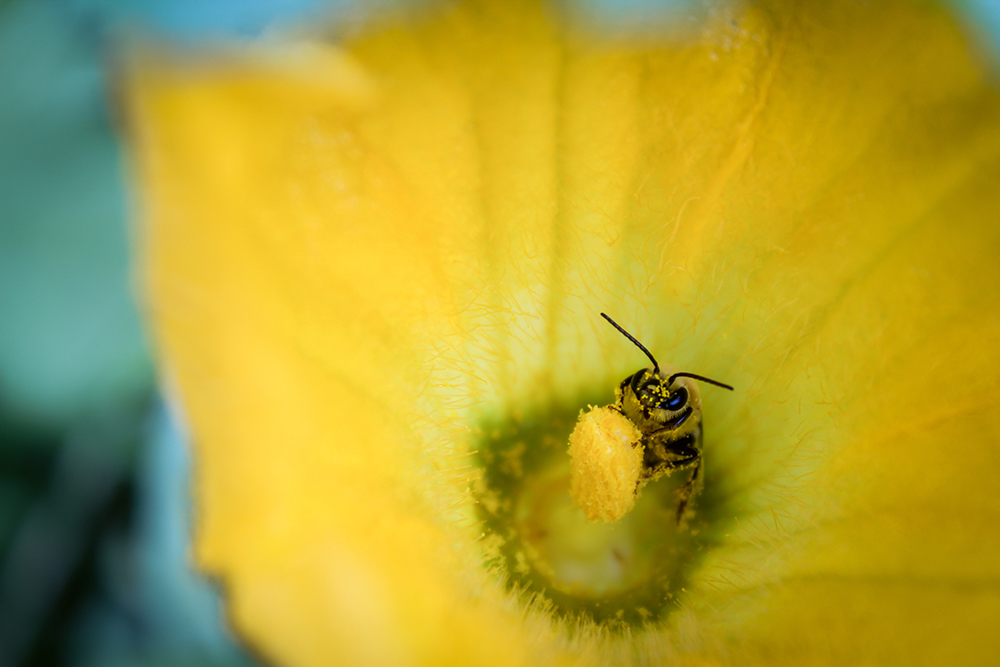
5. Improved pollination
Companion plants are capable of improving garden yields by increasing the number and diversity of pollinators in the area. By carefully selecting plant partnerships that encourage and support the specific species of bees known to pollinate target crops, pollination rates may be improved.
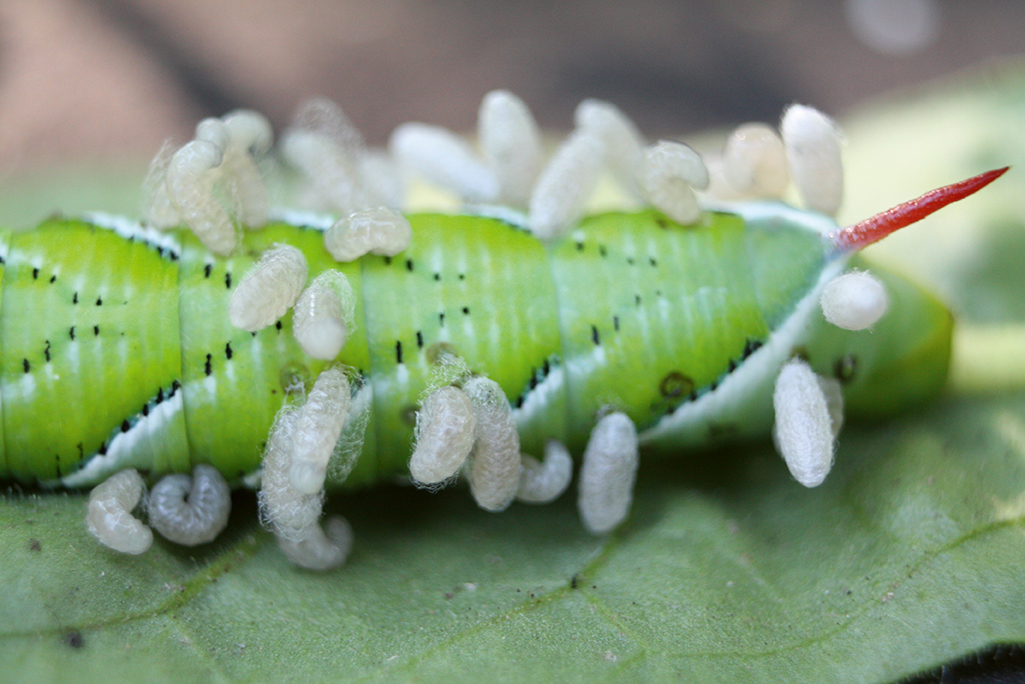
6. Improved biological control
Another benefit of certain companion planting techniques is an increase in the population and diversity of the many beneficial insect species that dine on common garden pests or use them to house and feed their developing young. Partnering plants that attract and support pest-eating insects results in greater biological control and fewer pest outbreaks in the garden. Companion plants can create habitat for these “good” bugs, as well as provide the insects with essential nutrition in the form of pollen and nectar. Plant partners can also be chosen for their ability to serve as “banker” plants that are intentionally grown to attract and support pests so that beneficial insects can use them as a food source when pest populations are low in crop plants. This practice may help improve or equalize the seasonal population of beneficial insects by giving them a reason to stick around. There are many studies under this umbrella that reveal some wonderful ways for gardeners to encourage a healthy balance between pests and the predatory and parasitic insects that help control them.
7. Improved aesthetics
While monocultures do occasionally deserve a place in the garden (think slope-covering ground covers, for example), you’d be hard-pressed to find a garden visitor who doesn’t find a mixed planting more attractive than a monoculture. Unlike on farms where row planting is necessary to simplify mechanical harvesting, home gardens are the perfect places to feature a mixed-planting design. And since layered gardens with many levels of plant structures and many growth habits, from ground covers to trees and everything in between, are more inviting to a broader diversity of insects and other wildlife, the aesthetics of companion planting come with additional benefits.
Want to learn more about science-based plant partnerships and companion planting strategies? Six of the seven benefits discussed here are explored in-depth in Plant Partners, each approaching companion planting from a problem-solving point of view (since garden aesthetics are both personal and opinion-based, I’ve left that topic out of the mix). And pop on over and say hi to me, Jessica, on Twitter. I’d love to hear from you!
Excerpted and adapted from Plant Partners © Jessica Walliser.
Plant Partners delivers a research-based rationale for the ever-popular growing technique of companion planting, offering dozens of ways you can use scientifically tested plant partnerships to benefit your whole garden.
Dozens of well-studied partnerships in this book offer fresh strategies to:
– Break up heavy soils
– Combat weeds and disease
– Lure pests away
– Attract specific beneficial insects
– Improve pollination
2021 AHS Book Award Winner


